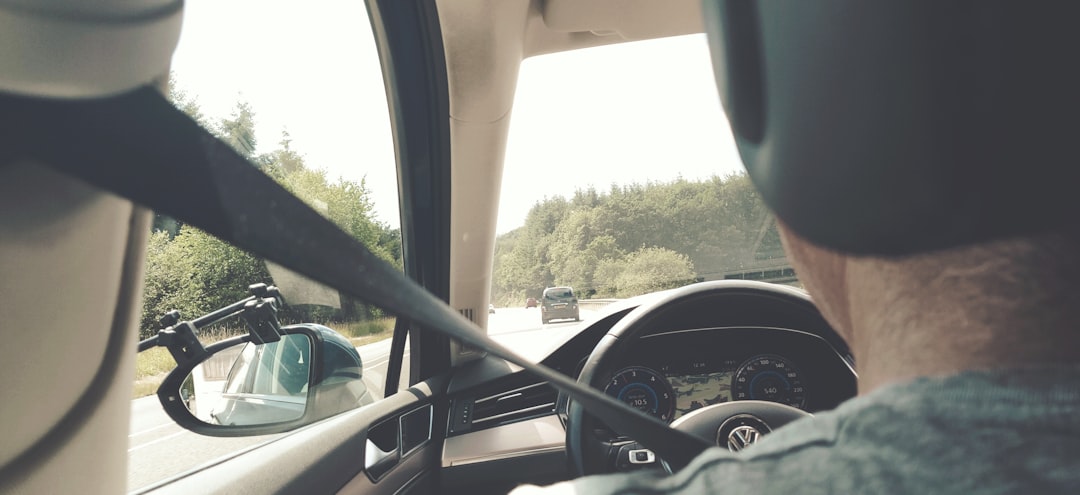What is it about?
Multi-rotor vehicles come in all shapes and sizes, some with rotors on the same horizontal plane (think of traditional configurations with polygon positioning of the rotors), some rotors raised relative to one another (common in drone racing), or coaxial (sometimes used to handle heavier payloads). Knowledge of the underlying (open-loop or bare-airframe) dynamics of the multi-rotor vehicle enables a more direct approach to a tightly controlled flight. In this paper, we discuss and analyze aggressive free-flight and piloted experiments conducted in a motion capture environment. The end result is the identification of the underlying dynamics, in the form of a low order linear model, that incorporates the vehicle and rotor aerodynamics, and the motor dynamics.
Featured Image

Photo by M. Zonderling on Unsplash
Why is it important?
There is significant variation in multi-rotor vehicle designs, including the positioning of the rotors, the propeller designs, the motor and electronic speed controller, and the scale of the system. This variation means that these different configurations will have noticeably different dynamics and require different designs of the control system to ensure safe piloted and autonomous flight. The ability to identify these dynamics from flight tests with a working but sub-optimal control system is an important step towards the rapid development of new multi-rotor vehicles and robust safe flight in a wider range of flight conditions (high speeds, acrobatic flight) outside of laboratory conditions.
Read the Original
This page is a summary of: Open-Loop Linear Model Identification of aMultirotor Vehicle with Active Feedback Control, Journal of Aircraft, August 2020, American Institute of Aeronautics and Astronautics (AIAA),
DOI: 10.2514/1.c035834.
You can read the full text:
Contributors
The following have contributed to this page










